Dealing with a sewage backup can result in significant water damage to your property, posing health risks and requiring immediate attention. One of the critical concerns following sewage cleanup is the prevention of mold and mildew growth. Mold and mildew thrive in damp environments and can spread rapidly, causing further damage and potential health issues. In this article, we will explore key strategies to prevent the growth of mold and mildew after sewage backup, ensuring a safe and healthy environment for you and your family. Learn how water damage restoration, mold removal, and hiring a professional restoration company can help in this process.
Understanding the Dangers of Mold and Mildew
Mold and mildew are hazardous fungi that can proliferate in moist environments, causing damage to your property and potential health issues. Taking prompt action to prevent mold growth after sewage backup is crucial to protect your home and well-being. Effective water damage restoration and mold removal play a significant role in minimizing these risks.
Immediate Steps after Sewage Backup
1. Safety First
The safety of you and your family should be the top priority after a sewage backup. Ensure your well-being by wearing appropriate protective gear such as gloves, masks, and goggles to avoid direct contact with the contaminated water.
2. Assess the Damage
Assessing the extent of the water damage caused by the sewage backup is essential. Look for signs of mold and mildew growth on surfaces and materials. Document the affected areas and take photographs for insurance purposes.
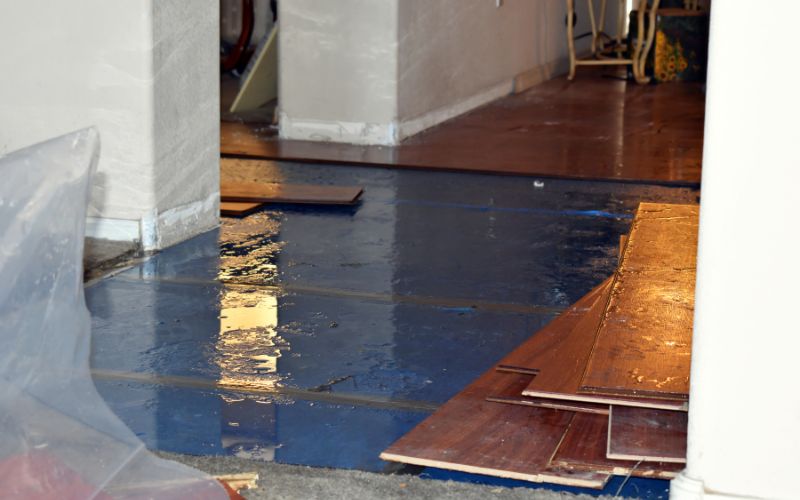
3. Contact Your Insurance Company
Contact your insurance company as soon as possible to report the sewage backup incident. Their guidance will be valuable in navigating the claims process and accessing the necessary resources for water damage restoration and mold removal. Maintain a record of all communication and documentation related to the incident.
Removing Water and Moisture for Effective Water Damage Restoration
Extract Standing Water
The first step in water damage restoration is to remove standing water from your property. Utilize wet/dry vacuums or pumps to extract the water, ensuring proper disposal according to local regulations. Be cautious not to spread the contaminated water to unaffected areas.
Dry Out the Area
Thoroughly drying the affected area is crucial to prevent mold and mildew growth. Enhance air circulation by opening windows, using fans, or employing dehumidifiers. Remove wet materials such as carpets, furniture, and damaged belongings to facilitate drying.
Inspect and Address Hidden Moisture
Inspect hidden areas, including behind walls and under flooring, for hidden moisture. Advanced tools like moisture meters or thermal imaging cameras can detect moisture levels. If moisture is detected, remove affected materials or consult water damage restoration professionals for proper drying techniques.
Thorough Cleaning and Disinfection to Prevent Mold Growth
Wear Protective Gear
Before initiating the cleaning process, ensure your safety by wearing protective gear such as gloves, masks, and goggles. This protective equipment will shield you from harmful bacteria and contaminants.
Remove Contaminated Materials
Dispose of porous materials that cannot be thoroughly cleaned, such as carpets, upholstery, and insulation. These materials can harbor bacteria and facilitate mold growth. Proper disposal is essential to prevent further contamination.
Clean and Disinfect Surfaces
Clean surfaces affected by the sewage backup using a solution of warm water and detergent. Follow up with a disinfectant to eliminate any remaining bacteria or viruses. Pay special attention to high-touch surfaces and areas prone to mold and mildew growth.
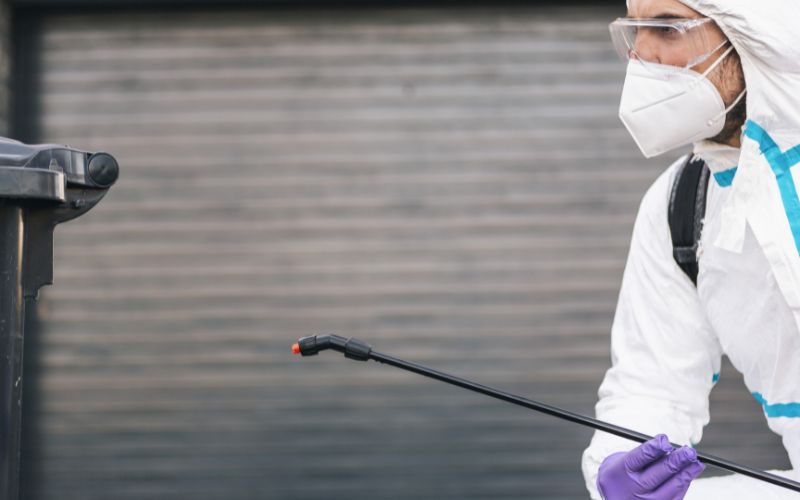
Drying and Ventilation: Essential for Mold Prevention
Utilize Proper Ventilation
Optimal ventilation is crucial in preventing mold and mildew growth. Increase airflow by opening windows, using fans, and running dehumidifiers. Adequate ventilation aids in the drying process, reducing moisture levels and inhibiting mold development.
Monitor Humidity Levels
Regularly monitor humidity levels with a hygrometer to keep them below 60%. High humidity promotes mold growth. Consider using a dehumidifier to maintain optimal humidity levels and prevent the recurrence of mold and mildew.
Allow Sufficient Time for Drying
Allow ample time for the affected area to dry completely. Rushing the drying process may leave residual moisture, providing an ideal environment for mold and mildew growth. Patience is crucial in ensuring effective water damage restoration.
Monitoring and Maintenance for Long-Term Protection
Regularly Inspect for Mold and Mildew
Continuously monitor the affected area for signs of mold and mildew growth. Keep an eye out for musty odors, discoloration, or visible mold colonies. Immediate action should be taken to address any signs of mold or mildew.
Maintain Proper Ventilation
Sustain proper ventilation in your home even after water damage restoration is complete. Regularly open windows, especially in areas prone to moisture accumulation, such as bathrooms and basements.
Address Plumbing Issues
Identify and address any plumbing issues that contributed to the sewage backup. Regular maintenance of your plumbing system helps prevent future incidents and minimizes the need for extensive water damage restoration.
The Role of a Restoration Company in Mold Prevention and Water Damage Restoration
Engaging the services of a professional restoration company is highly recommended for effective mold prevention and water damage restoration. Restoration companies possess the expertise, tools, and knowledge required to handle extensive mold problems safely. They specialize in water damage restoration, mold removal, and employing advanced techniques to prevent future mold growth.
Prevention Tips for Future Sewage Cleanups
Regular Maintenance
Schedule regular maintenance for your plumbing system, including inspections and repairs. Timely identification and resolution of plumbing issues reduce the likelihood of future sewage backups.
Install Backwater Valves
Consider installing backwater valves in your plumbing system. These valves prevent sewage from flowing back into your home during heavy rains or sewage system overflows, reducing the risk of subsequent water damage.
Waterproof Your Basement
Invest in basement waterproofing measures to mitigate the risk of water damage and mold growth. Proper insulation, drainage systems, and sump pumps help prevent water infiltration and reduce the chances of sewage backups.
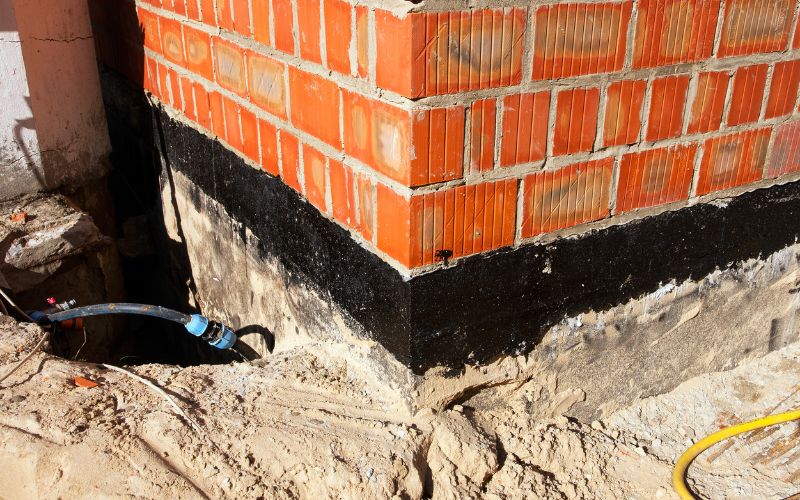
Conclusion
Prompt action and effective strategies are vital in preventing mold and mildew growth after a sewage backup. Through water damage restoration, mold removal, and maintaining optimal conditions, you can safeguard your home from the harmful effects of mold. Remember to prioritize safety, remove water and moisture, clean and disinfect thoroughly, promote drying and ventilation, and monitor the area for signs of mold or mildew. Seek the assistance of a professional restoration company for comprehensive mold prevention and water damage restoration. By following these key strategies, you can create a safe and healthy living environment for you and your loved ones.
FAQs
Restoration companies specialize in water damage restoration and mold removal. They possess the expertise, equipment, and techniques to effectively restore your property and prevent future mold growth.
Mold and mildew can cause property damage and pose health risks. They can compromise indoor air quality and lead to respiratory issues and allergies.
While small-scale cleanup can be done by homeowners, extensive water damage restoration and mold removal are best left to professionals. They have the knowledge and experience to ensure thorough restoration and minimize risks.
Time is of the essence. Taking immediate action within 24 to 48 hours significantly reduces the risk of mold and mildew growth.



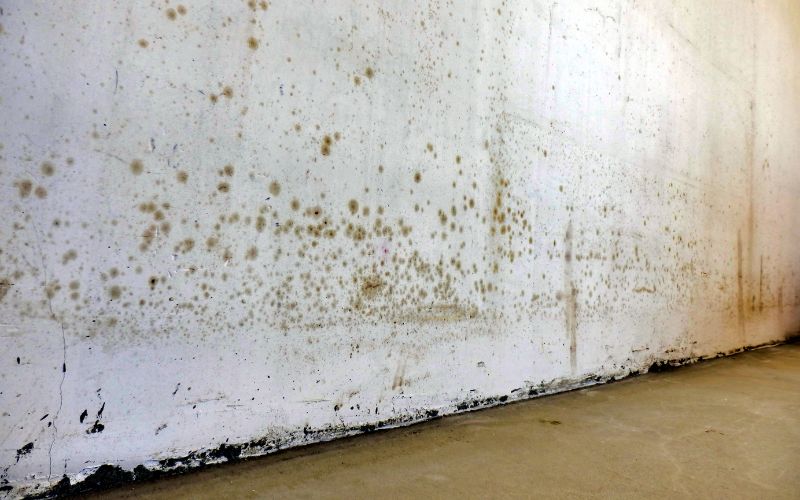
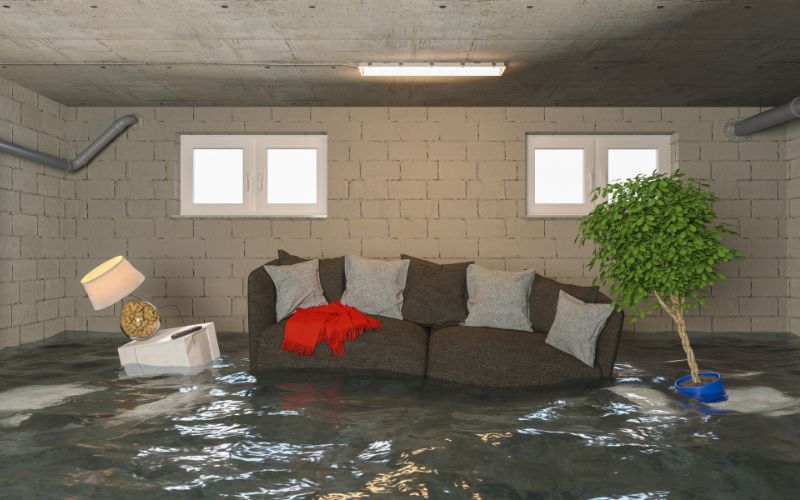
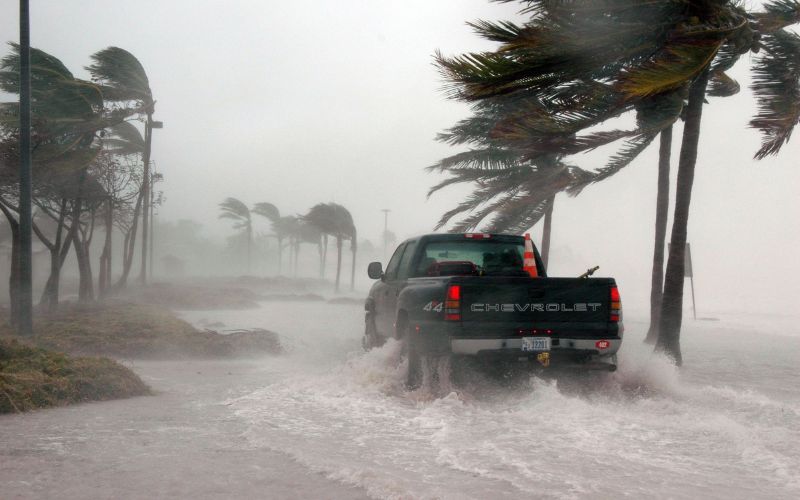
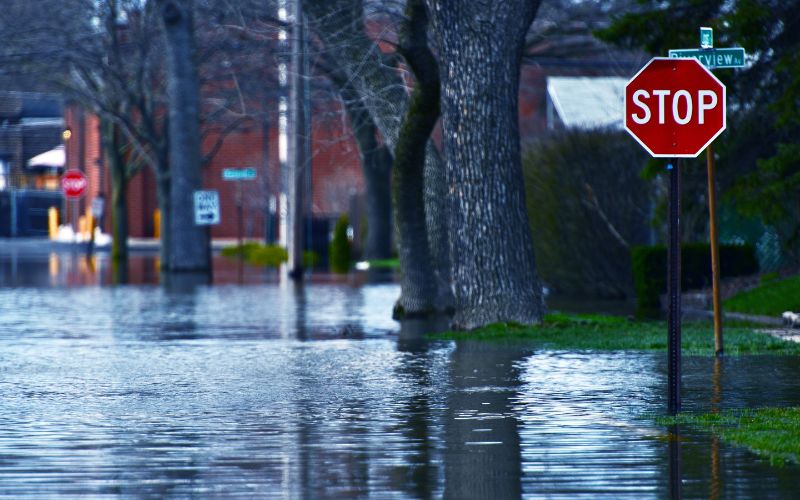
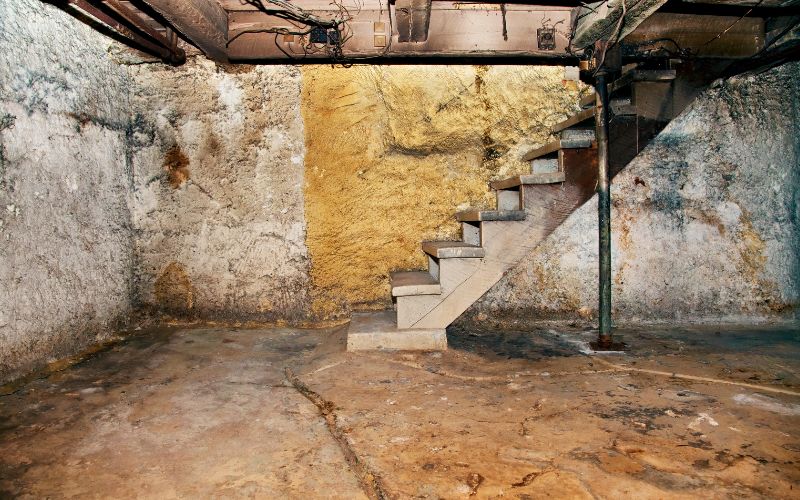
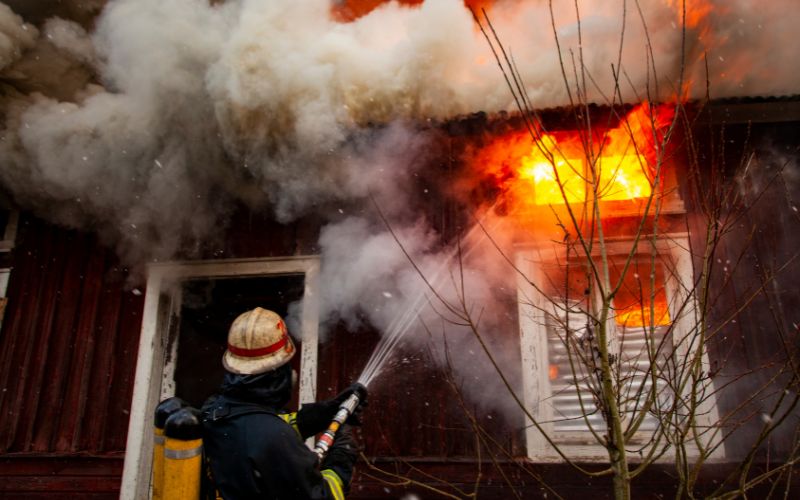




 by
by